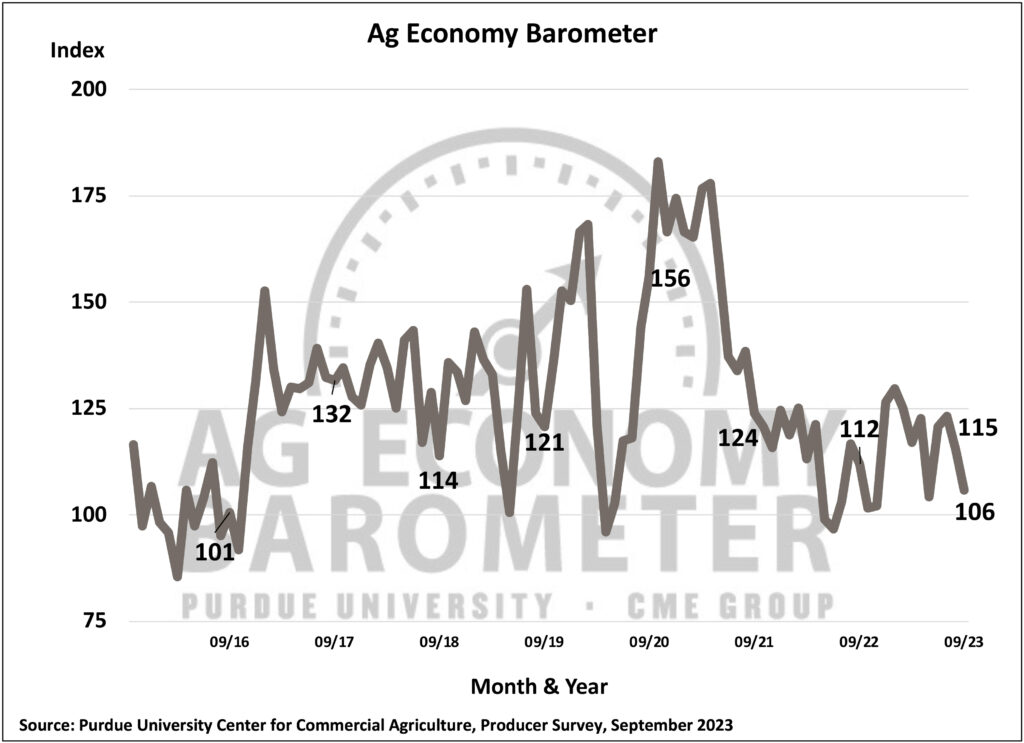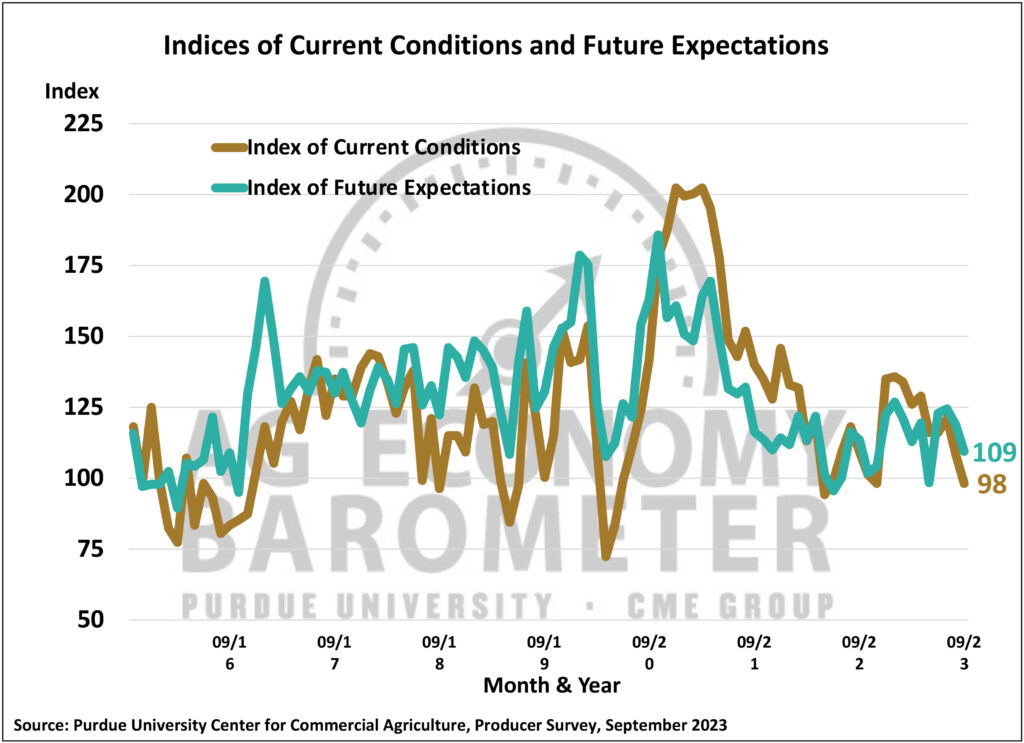 Cloudy and Cool at Season’s Start
Cloudy and Cool at Season’s Start
Cloudy and cool conditions prevailed across the State as farmers began early-season field activities, according to Ben Torrance, State Statistician, USDA NASS, Ohio Field Office. Topsoil moisture conditions were rated 1 percent very short, 6 percent short, 69 percent adequate, and 24 percent surplus. Statewide, the average temperature for the week ending on March 31 was 46.6 degrees, 1.6 degrees above normal. Weather stations recorded an average of 0.81 inches of precipitation, 0.05 inches above average. There were 2.1 days suitable for fieldwork during the week ending March 31. Farmers began the season with fertilizer and manure applications and tillage. Recent precipitation left some fields saturated, with ponding reported. Oats were 1 percent planted. Winter wheat was 4 percent jointed and winter wheat condition was 67 percent good to excellent. In southern counties, stone fruit and pear trees were in bloom and fruiting plants began to emerge from dormancy. Hay fields were greening, supported by moderate temperatures and adequate precipitation. This is the first weekly crop and weather report of the 2024 season. A series of weekly crop progress and condition reports will be published each Monday at 4:00 p.m. ET throughout the crop season. The reports will cover planting and harvesting activities, crop development, weather data, and timely crop management information provided by farmers, USDA, and Ohio State University experts. For the earliest possible access, look for these reports on the internet shortly after the 4:00 PM release time.






 Night 4
Night 4













